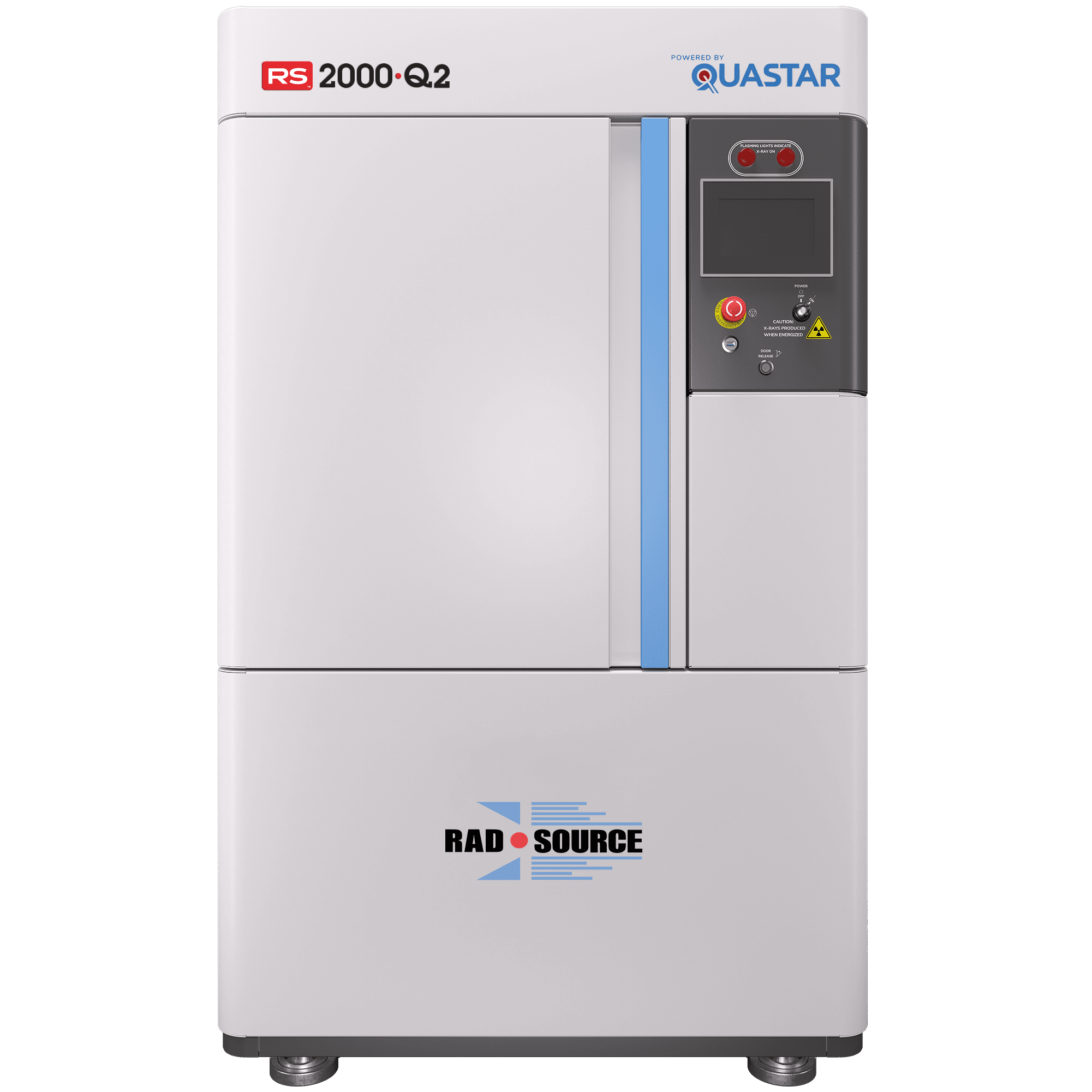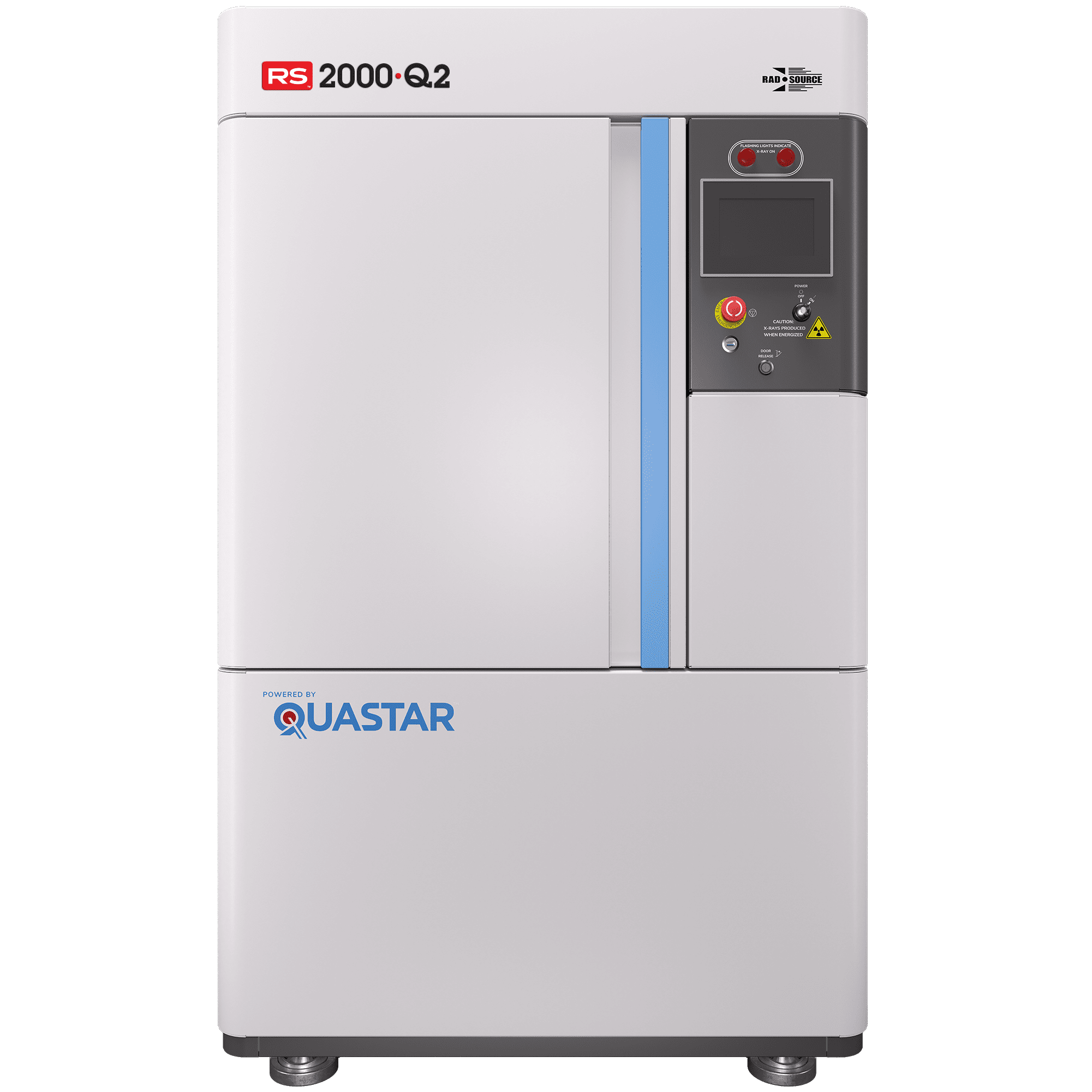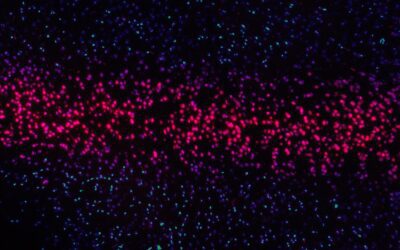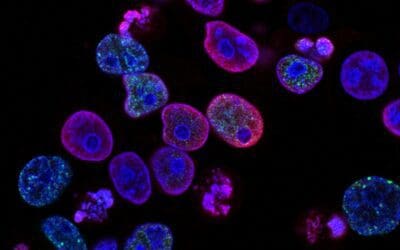
Small Animal Research
The RS 2000·Q2 offers a robust solution for researchers in small animal, stem cell, cancer, and immunology fields. Powered by our 4th generation QUASTAR 2 X-ray platform, it outperforms traditional point source tubes, ensuring superior symmetry, flatness, penetration, and dose uniformity. Delivering energy levels comparable to 320kV tubes, the RS 2000·Q2 also features optional imaging and configurable filters. With RADPlus™ Research Tools designed for enhanced performance and animal comfort, this system runs on a standard 120V outlet and is equipped with caster wheels for easy mobility, making it ideal for any lab environment.

The New Industry Standard for Small Animal Irradiation
The RS 2000·Q2 is driven by the power of our 4th generation QUASTAR 2 X-ray platform, setting a new standard in research for small animal, stem cell, cancer, and immunology studies. This advanced tube technology outclasses traditional point source tubes by delivering unmatched symmetry, flatness, penetration, and dose uniformity. Offering energy levels comparable to 320kV tubes, QUASTAR 2 ensures precision and reliability in every use. With optional imaging and configurable filters, the RS 2000·Q2, powered by QUASTAR 2, is designed to elevate both performance and efficiency in the lab.
Proprietary Quastar® Photonic Decontamination™ Technology
To prepare these laboratory animals for these human-simulated experiments, their original immune system needs to be either weakened or completely destroyed and then reconstructed with human immune cells.
This is achieved through the application of ionizing radiation, and our patented x-ray irradiation technology is the gold-standard for this application.

Developed with a three-level height-adjustable tray exposure chamber allowing for flexible specimen placement. The design allows small animals to be irradiated in their cages reducing cross-contamination and providing a less stressful environment.
RADPlus™ Research Solutions
Patented RADPlus research solutions are engineered to reduce stress on the animal while ensuring beam uniformity of 95% or higher and will not cause skin burns to the animal. Small animals are free to roam their cages for a less stressful environment.
Unmatched Quality Service and Support
With more than 1000 irradiator installs in renowned hospitals, universities, pharma, government and life science institutions worldwide, Rad Source is a proven and reliable x-ray manufacturer with unmatched and trusted services.
Equipment

RS 2000·Q2 Biological Irradiator
The RS 2000·Q2 is designed for small animal, stem cell, cancer and immunology research, and various other applications. Its core is powered by our 4th generation QUASTAR 2 X-ray platform, which offers superior performance to 1st generation point source tubes.
- Industry-leading symmetry, flatness, penetration, and dose uniformity
- Effective energy comparable to 320kV point source tubes
- Optional imaging and the ability to configure various types of filters
- RADPlus™ Research Tools enhance performance and animal comfort
- Does not require a chiller and operates on a standard 120 V wall outlet
- Mounted on caster wheels for mobility
Latest News & Studies
Suppression of uPA and uPAR Blocks Radiation-induced MCP-1 mediated Recruitment of Endothelial Cells and Monocytes in meningioma
Chemokines play a vital role in recruiting various cell types in the process of tissue repair. Radiation, a major therapeutic modality in cancer treatment, has been described to induce inflammatory response that might lead to...
Poly(ADP-ribose) polymerase inhibition synergizes with 5-fluorodeoxyuridine but not 5-fluorouracil in ovarian cancer cells
5-Fluorouracil (5-FU) and 5-fluorodeoxyuridine (FdUrd, floxuridine) have activity in multiple tumors, and both agents undergo intracellular processing to active metabolites that disrupt RNA and DNA metabolism. These agents cause...
The Application of Radiation Therapy to the Pediatric Preclinical Testing Program
Abstract:BACKGROUND:The Pediatric Preclinical Testing Program (PPTP) has been successfully used to determine the efficacy of novel agents against solid tumors by testing them within a mouse-flank in vivo model. To date,...



